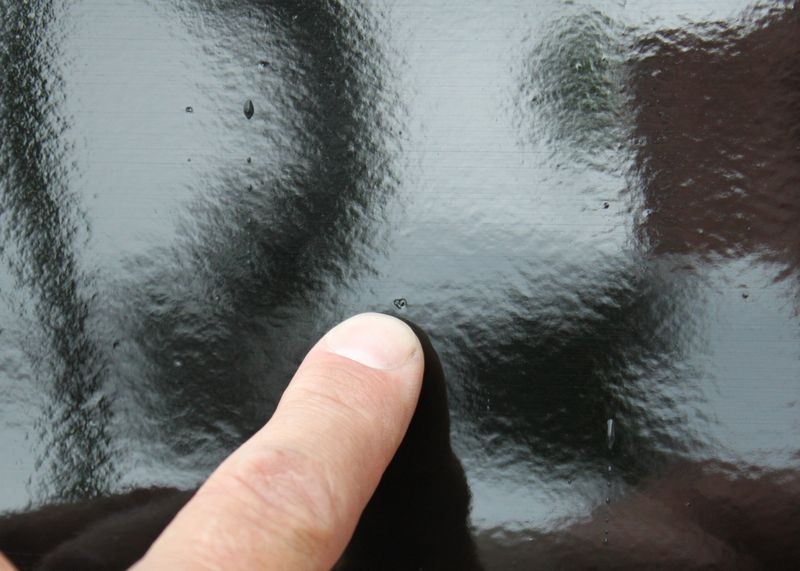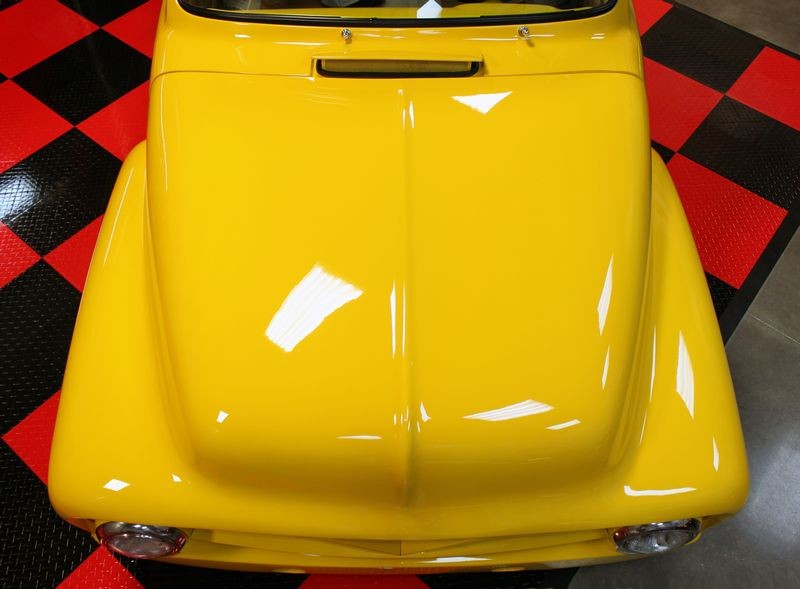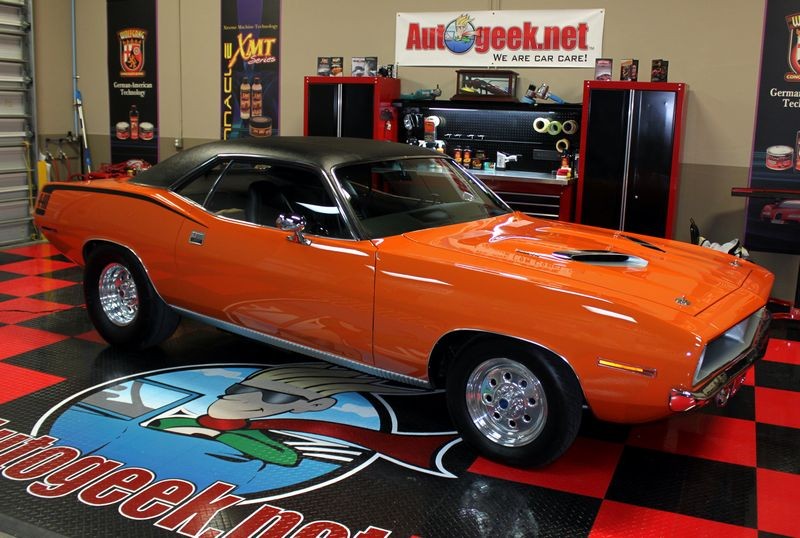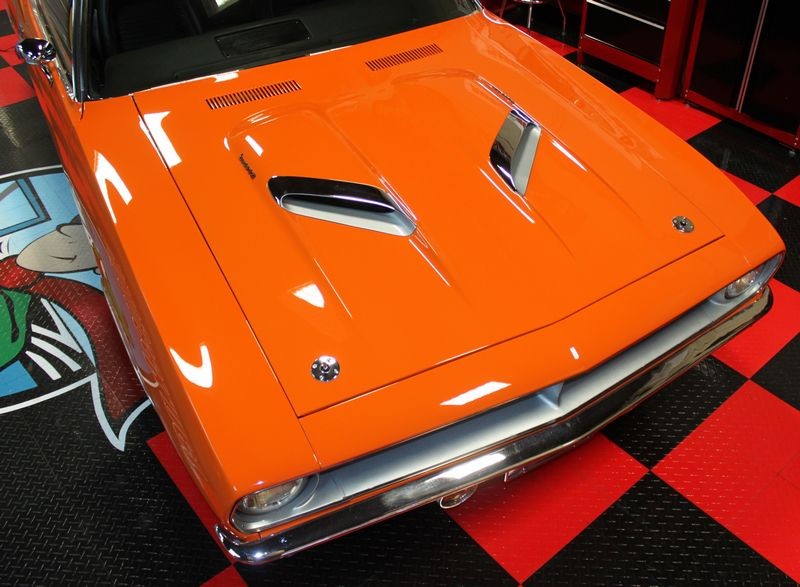Radarryan
New member
- Nov 9, 2012
- 778
- 0
Forgive me if this is common knowledge, but I am just a detailing enthusiast and not a professional. I recently watched the video of Mike in Nebraska restoring the '69 AMC. The panels were all freshly painted with three coats of base coat and four coats of clear.
Now, I understand the need to sand down a scratch to remove it, and then compound, polish, and seal the paint, but in this video Mike sanded the fresh paint. Now Mike (also, if I am wrong on details please forgive in advance) explained that he did this to create a show car finish, but from the looks of it, the paint was already flawless. I mean, hey, it was brand new! Just painted that week!
I don't know why there was the need to sand down the paint in the first place. Isn't the point of detailing to restore it to a show car finish - just like it was out of the paint booth? From the looks of it, it seems like a lot of work to sand every panel, then compound, then polish.
So, any and all input regarding why this is a necessary step for creating a show car finish is greatly appreciated. Mike, if you read this - GREAT job with all your recent projects. I can only imagine how good they look in person!
Now, I understand the need to sand down a scratch to remove it, and then compound, polish, and seal the paint, but in this video Mike sanded the fresh paint. Now Mike (also, if I am wrong on details please forgive in advance) explained that he did this to create a show car finish, but from the looks of it, the paint was already flawless. I mean, hey, it was brand new! Just painted that week!
I don't know why there was the need to sand down the paint in the first place. Isn't the point of detailing to restore it to a show car finish - just like it was out of the paint booth? From the looks of it, it seems like a lot of work to sand every panel, then compound, then polish.
So, any and all input regarding why this is a necessary step for creating a show car finish is greatly appreciated. Mike, if you read this - GREAT job with all your recent projects. I can only imagine how good they look in person!
















